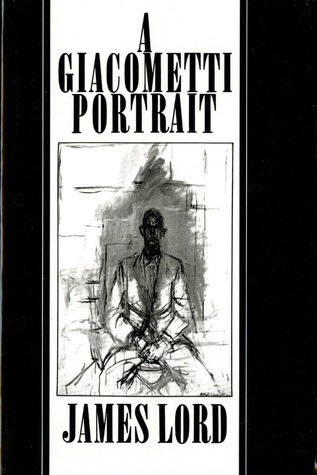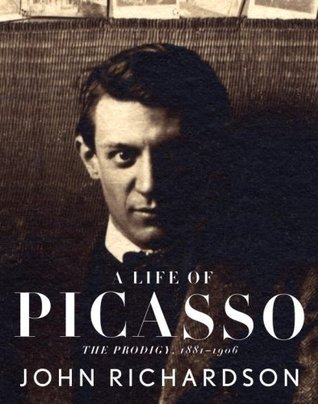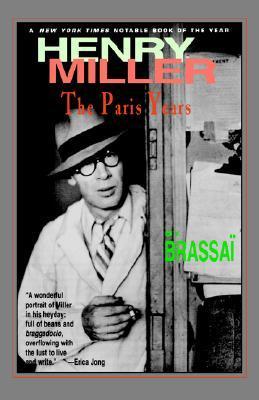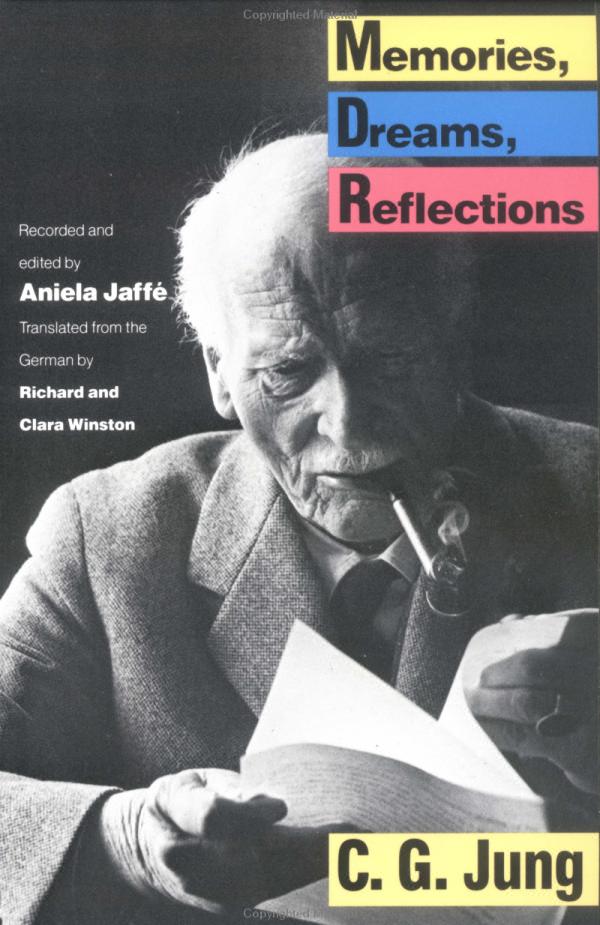
A Giacometti Portrait
Book Description
A flicker of genius, a brush with obsession—this is the world of Alberto Giacometti. In a dimly lit Paris studio, the struggle of art and identity unfolds as an irresistible force draws the author into the enigmatic life of the sculptor. Intimate sketches of their creative dance reveal tension, inspiration, and the haunting shadows of doubt that linger in every stroke. As Lord captures the essence of Giacometti's artistry, he invites readers to ponder: what lengths will one go to capture the true self within the fleeting moments of existence?
Quick Book Summary
"A Giacometti Portrait" by James Lord is an intimate portrayal of the artistic process and friendship between Lord and the famed Swiss sculptor, Alberto Giacometti. The memoir recounts Lord’s experience as Giacometti’s subject over 18 sessions, offering an immersive glimpse into the artist’s obsessive pursuit of authenticity. Lord narrates the slow unfolding of both the portrait and the relationship, exposing Giacometti as a man torn between creative doubt and compulsive striving for truth. The studio becomes a microcosm for existential questions about identity, perception, and the nature of art. Through candid dialogue, acute observations, and personal reflection, Lord reveals the immense challenge and extraordinary beauty of striving to capture the human soul on canvas.
Summary of Key Ideas
Table of Contents
The Obsessive Nature of Artistic Creation
James Lord documents the lengthy and psychologically intense process of sitting for a portrait painted by Alberto Giacometti, noted for his haunting sculptures and paintings. Over a series of days, Lord is privy not only to the famed artist’s methods but also to his doubts, insecurities, and singular focus. The memoir’s setting—a cluttered, dim-lit Parisian studio—acts as an intimate stage upon which two personalities meet, clash, and commune within the shared goal of artistic creation.
The Relationship Between Artist and Subject
Giacometti’s obsessive approach is central to Lord’s narrative. Each session is marked by the artist’s persistent dissatisfaction: he scrapes the canvas, starts anew, declares the work inadequate, yet always pushes forward. This relentless revision reveals Giacometti’s philosophical struggle to convey the truth of his subject, rather than mere surface likeness. Lord captures how this obsession with authenticity manifests both as a source of creative power and as a generator of anguish.
The Existential Struggle for Authenticity
Throughout, Lord reflects on the role of the subject in the creative partnership. He becomes more than a passive model, drawn into Giacometti’s inner turmoil and moments of inspiration. The process intensifies their personal connection, allowing Lord unique access to Giacometti’s perspectives on art, ambition, and mortality. The long hours engender reflection; Lord’s own thoughts on identity and presence color his depiction of each session.
The Ambiguity of Perception and Reality
Underlying the work is a persistent existential tension about the impossibility of truly capturing another’s essence. Both Giacometti and Lord confront the ambiguity between perception and reality—how art both reveals and distorts the self. The painting, never finished to the artist’s satisfaction, becomes a metaphor for the endless search for meaning, truth, and understanding.
Endurance and Patience in the Creative Process
Through candid prose, "A Giacometti Portrait" offers a rare exploration of the emotional and psychological currents inherent to the act of creation. Lord illuminates the necessity of endurance and patience, both in art and in appreciation of the process itself. The memoir ultimately stands as a meditation on what it means to see and be seen, and the lengths to which artist and subject go in pursuit of the elusive spark of genuine representation.
Download This Summary
Get a free PDF of this summary instantly — no email required.





